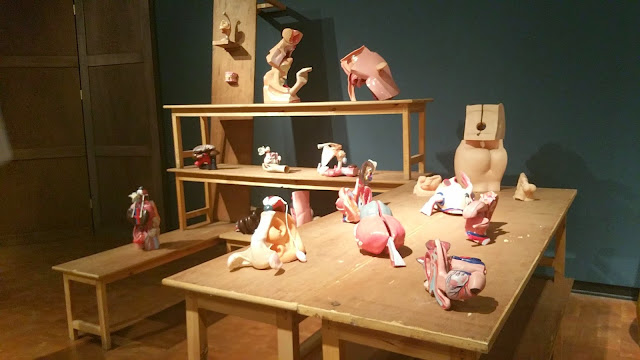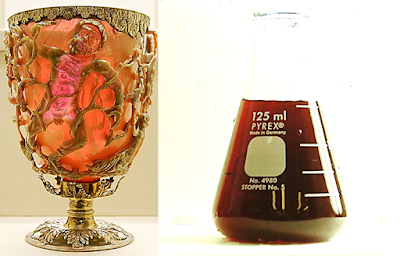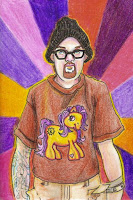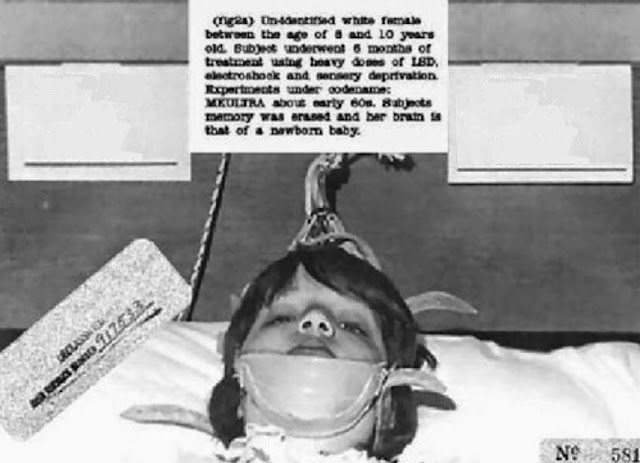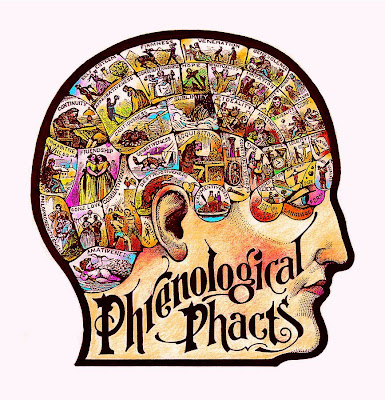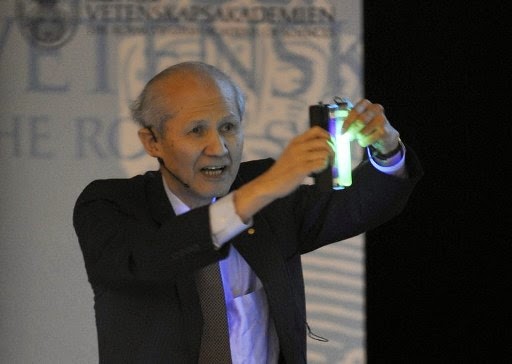Last weekend I visited the Getty Center for the first time. Since there are several exhibits dating from the 1600's to contemporary times, I decided to use this opportunity to explore and find examples of the topics we have learned in this class.
 |
| Getty Center |
My friend, who has been to the Getty several times, acted as my tour guide and he gave me some insight on the architecture of the museum. He told me that each building was designed with a purpose. For instance, the circular research building is supposed to stimulate the "introspective" nature of research. Another reason why some parts are rounded is to invoke a welcoming feel to visitors. There are usually entrances in these sides. It was interesting to me that geometrics played a huge role in efforts to produce certain vibes and movement.
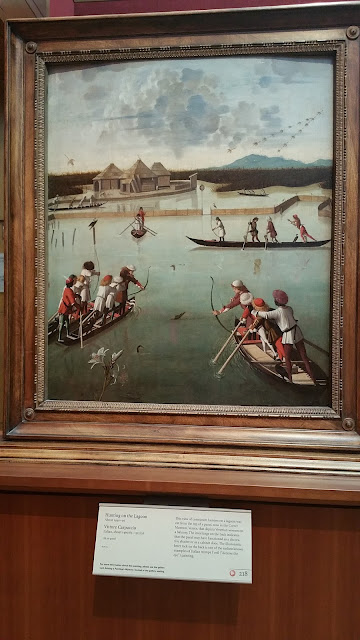 |
| Hunting on the Lagoon |
Here is a painting called "Hunting on the Lagoon" by Vittore Carpaccio (from about 1490). Infrared light examination helped reveal the artist's preparatory drawings which shows perspective lines and that this painting is only a quarter of the original piece. We have learned about perspective and how it shaped paintings, and it is fascinating that we could use the concept to piece original pieces together.
In the decorative arts exhibit, I learned that symmetry was an important aspect of decorations during the Neoclassical times. In this mirror and arch design, you can clearly see the symmetry and how mathematics play a role in decorative arts.
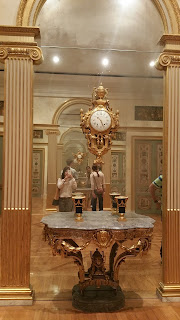 |
| Neoclassical Room |
In the photography museum, there were two displays that caught my eye. One was a series of photographs created by Matthew Brandt. We were not allowed to take photos but here is an image that I found online. Matthew submerges his photographs of lakes in the water they were collected from. After weeks of soaking, sediments and bacteria erodes the chemical properties and creates these colorful patterns. This is a cool way biology is being incorporated into photography, and I didn't realize that photography could be performed creative ways.
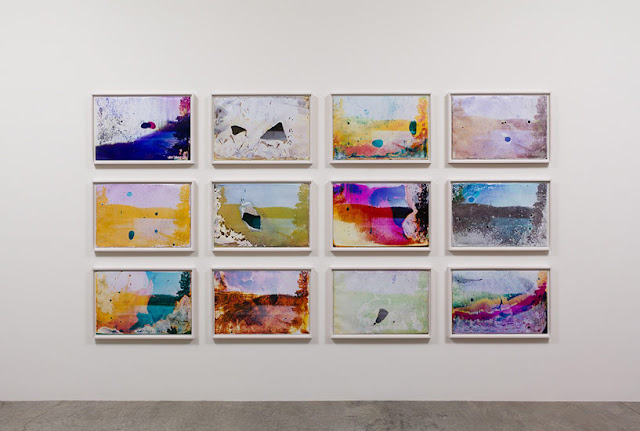 |
| Lakes by Matthew Brandt |
Another one was a series of photographs of the moon called "Lunagrams" by Lisa Oppenheim. She used original 1851 negatives which are known to be the earliest known photographs of the moon! This series reminds me of the relationship between space and art that we have learned in class.
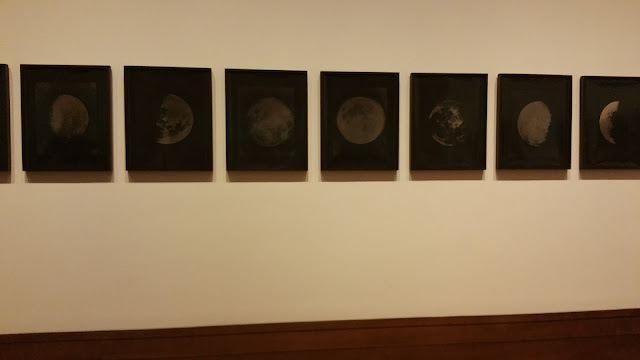 |
| Lunagrams by Lisa Oppenheim |
Overall, I would definitely recommend anyone to visit the Getty Center. Not only is it a beautiful place to take a break from the city but also an opportunity to explore classical and contemporary art. It was fun because I was able to analyze several works in the perspective of the "two cultures"!
 |
| Me Imitating a Painting #MusePose |
 |
| Proof of Date |






